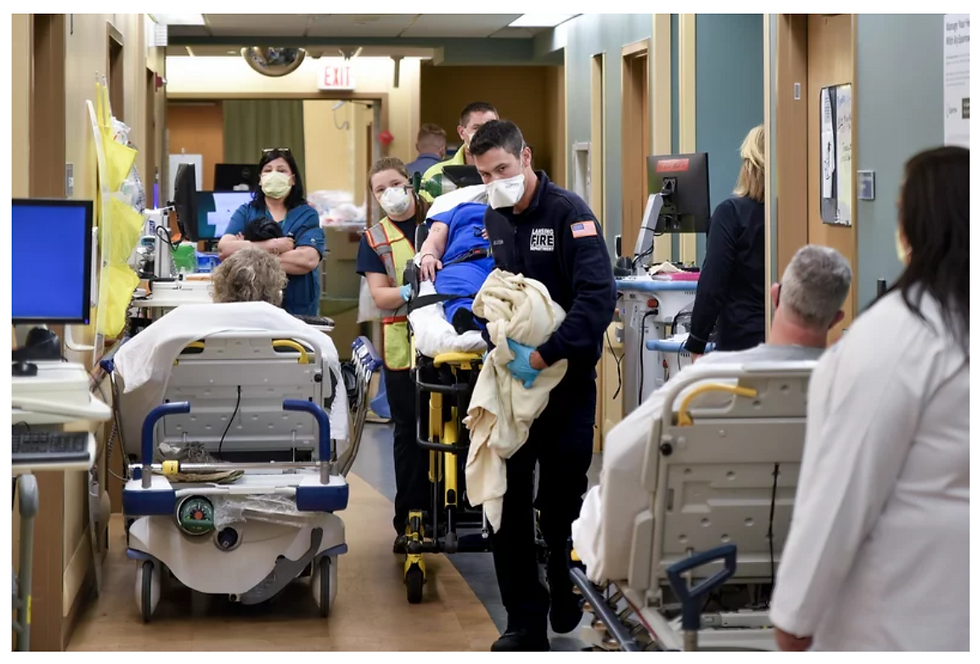Understanding Telehealth Compliance Measures
- katherinepiette
- Sep 15, 2021
- 2 min read
Updated: Oct 18, 2021
By Kathy Pruitt

I’ve been in Homecare and Hospice for a long time. Although my work has been primarily on the technology side, leading the charge for more efficiency and scale of organizations, I’ve prided myself on remaining strongly aware of the actual provision of services and reimbursement issues. When Telehealth Services began to emerge, I obviously took note with great interest. It offered a new way to serve patients and look at old problems.
It was exciting!
After joining Corstrata, it became clear the myriad of regulatory requirements for these new models created a split in the ‘definition’ of Telehealth. The easy Telehealth model to spot is the tech-enabler players. These players stay on the technology side of the business, offering a platform and modeling subscription fees on its use. Of course, the standard compliance of ONC concerns for HITECH, HIPAA Privacy, and Medical Records dictate the standards for Covered Entities and BAAs.
On the other side of the split is the tech-enabled service providers, a brand new breed for sure. Companies like Corstrata know there are a lot of tech-enabler players out there, and all of them do pretty much the same thing. Does the world really need another company that can extend SMS messages from the EHR backbone?
Corstrata Health Services offers virtualized models of clinical services. Just as wound and ostomy patients can emerge anywhere in the health system, Corstrata’s models for service delivery are able to match the service points of workflow throughout the health system. These model definitions and SLAs (Service Level Agreements) include the Corstrata technology used to engage and deliver. But, that technology has a single, focused value of effectively and efficiently delivering Corstrata’s best practice protocols, along with its specialized nursing teams, into specific space and time in the service workflow.
Why does it matter? Corstrata often receives initial inquiries for technology, but the process clearly reveals the critical value of Corstrata’s service while highlighting the fact that Corstrata's technology just makes it happen. Yes, in a ‘do-it-yourself’ mode, all a prospect wants is the technology platform. However, Corstrata knows all too well that wounds and ostomy programs are a specialty service in the post-acute world, especially as “hospital at home” models continue to emerge in the value-based landscape. As a specialty service, Corstrata adds value through quality, survey compliance, outcomes, and financial returns to the organization.
Read more on the State Licensing debates for the Tech-enabled Service Models. There is a difference in the vendors and what they can offer! Corstrata has the state compliance structure to offer both the services and technology for the highest level of virtual care.




Comments